🌱 A Collective Journey to Plant Hope in Alto de la Cabra
Planting 10,000 native plants in one morning? Absolutely possible, sumercé!
That’s exactly what happened a few weeks ago in the Sumapaz páramo with Bauen ProjectJust an hour from Bogotá, in Alto de la Cabra, over 400 people came together for a massive ecological restoration — guided by science, fueled by community, and grounded in love for the land.
This experience went far beyond digging holes. It was deep. A vibrant mix of nature, ancestral knowledge, regenerative spirit, and spiritual connection.
A day where mud became a medal, smiles were fertilizer, and each plant was a living promise.
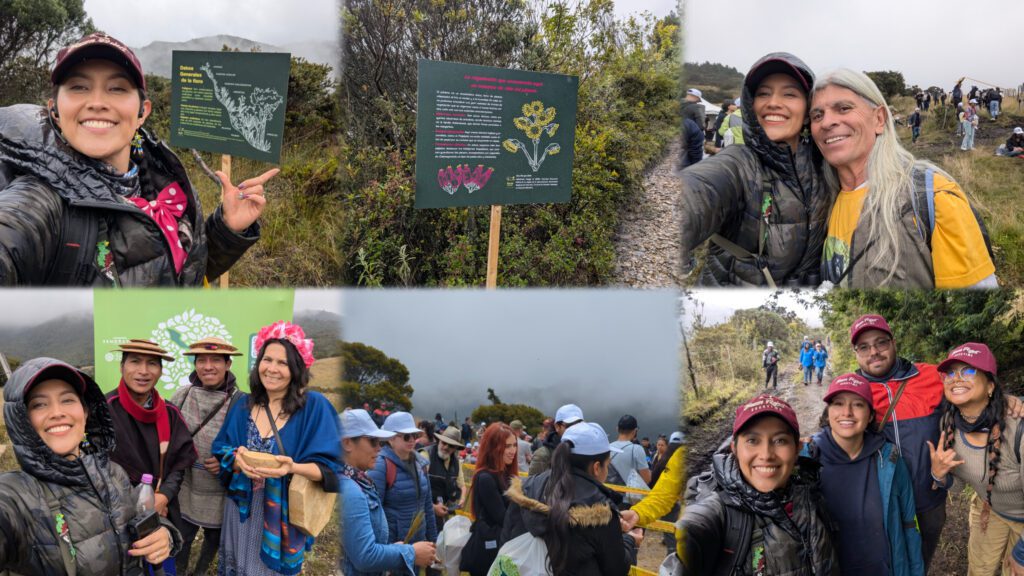
💧 The Sumapaz Páramo: a Natural Treasure That Needs Healing
The Sumapaz páramo is the largest páramo on Earth — a natural sponge that regulates water, captures carbon, and shelters thousands of species. But many of its areas have been severely degraded by cattle ranching, potato, pea, and berry farming.
This time, the restoration focused on El Prado, a territory in Soacha affected by decades of intensive agriculture. The soil was compacted, eroded, and exhausted. But just like the páramo, nature always finds a way to regenerate — especially when we lend a hand.
🔮 A Sacred Ceremony to Honor the Territory
Before planting a single seed, we opened our hearts. Two spiritual leaders of the Misak people — Lorenzo Muelas and Lorenzo Tumiñá, guardians of the Jardín de las Delicias led an ancestral ceremony to bless the seeds and harmonize the space with sacred water and medicinal plants from the páramo of Puracé, home of the majestic Andean condor.
It was a powerful pause. A reminder that restoration happens not only in the soil, but also in our consciousness. Because planting is spiritual. It's a deep dialogue with the Earth — and this moment reminded us of that beautifully.
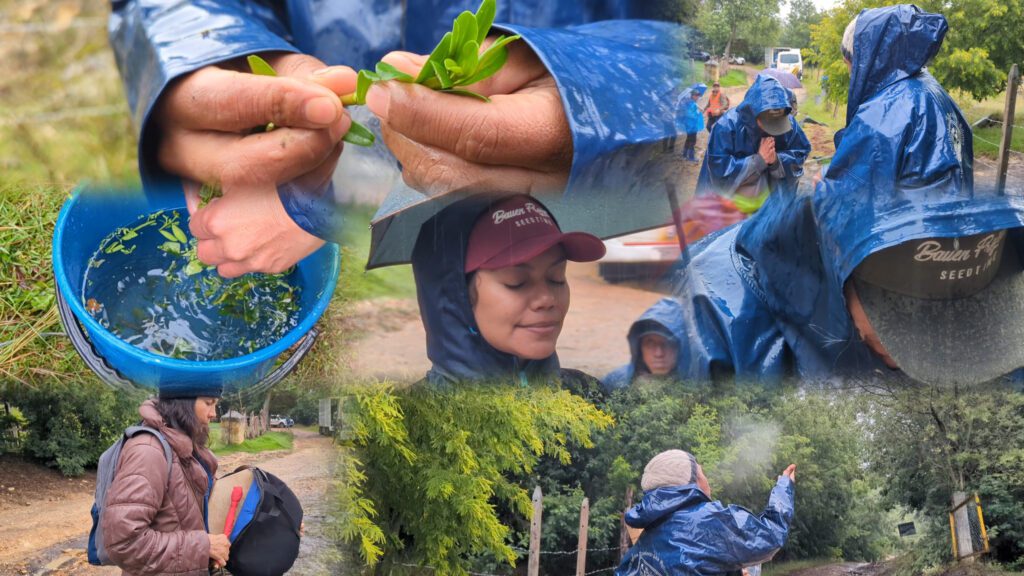
🧪 Restoration with Strategy: Science, Love and Regeneration
This kind of ecological restoration doesn’t just happen. It takes planning, intention, and deep respect for the ecosystem. The goal was ambitious: To plant 10,000 native plants in the Sumapaz páramo in just a few hours.And we did it, thanks to a solid methodology:
- Efficient microorganisms applied beforehand to strengthen the soil.
- Control of invasive grasses like forage speciesto let native ones grow.
- Planting in nuclei,small groups of species that support one another.
- "Three-bolillo" triangle design,which helps the forest canopy close faster.
- Miyawaki technique in specific areas, to create dense native forest patches.
Everything was carried out by an interdisciplinary team of professionals — biologists, ecologists, forestry engineers, local technicians — and most importantly, the wisdom of the community members who know and care for this land like home.
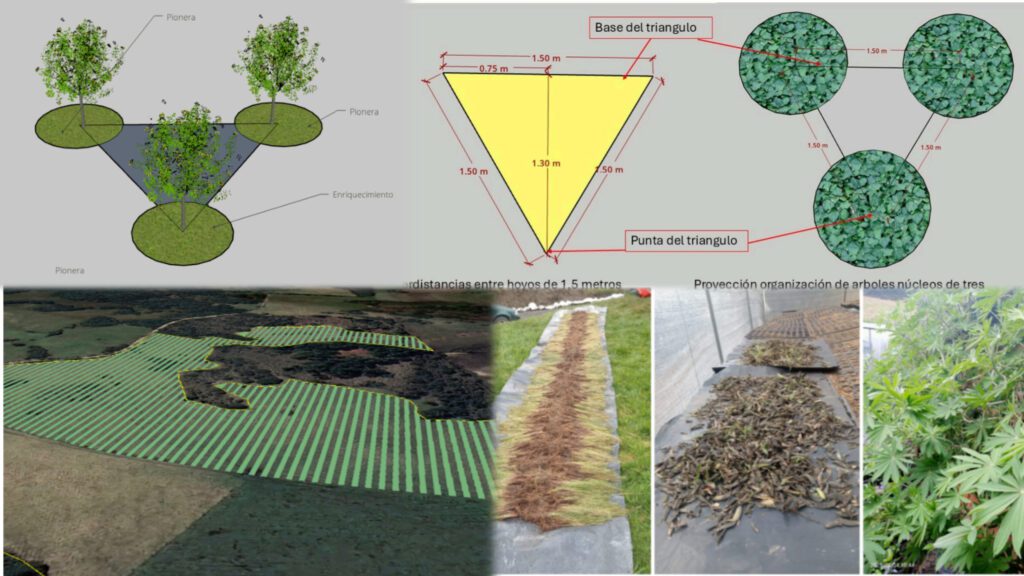
🌿 The Stars: Native Plants of the Sumapaz Páramo
Each plant has a unique role in the páramo of Sumapaz. These are no ordinary species — they’re treasures, adapted to cold climates, acidic soils, and high humidity.
between the pioneer species we planted:
Calamagrostis effusa, Lupinus bogotensis, Chilca, Mortiño and Totumo de páramoall fast-growing, soil-stabilizing, and ready to pave the way.
And for long-term enrichment,we planted:
Rodamonte, Angelito, Granizo de páramo, Uvito and TintoThese species grow slower, but provide food, shelter, and diversity to the ecosystem.
Planting them is like writing a poem into the soil — gifts from us to the land, to help ease the weight we place on it every day.
🌱 How Do You Plant Hope?
People were divided into planting groups to respect the land’s carrying capacity. Each step was taught with care:
- Check the hole is the right size.
- Gently remove the bag without hurting the roots.
- Place the plant at soil level.
- Cover it, avoiding air pockets.
- Press the soil firmly, but gently.
- Add lupino and calamagrostis as support species.
Each planted seedling was an act of respect. Being part of this felt almost like a collective meditation.
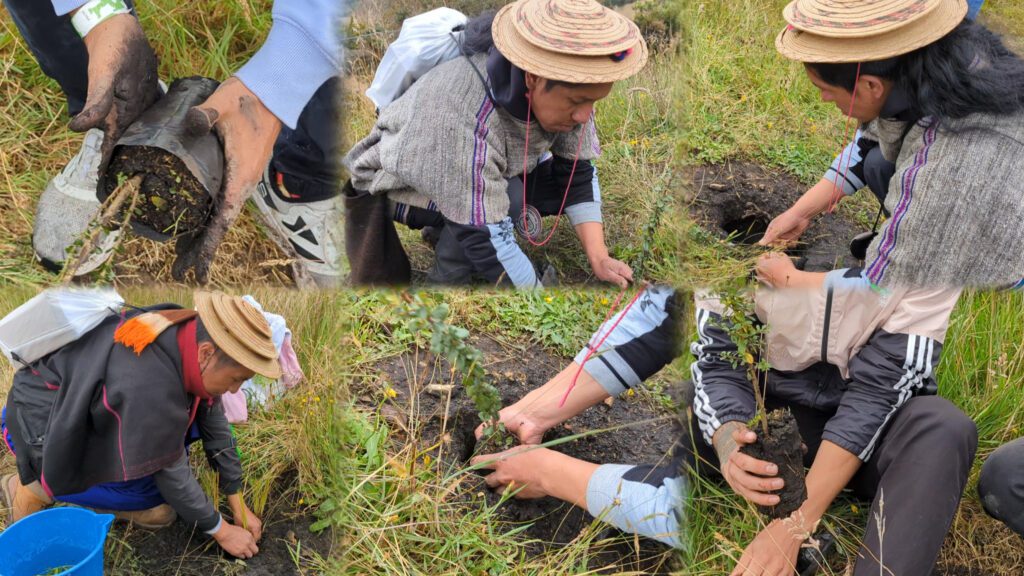
🥾 Taking Care of Ourselves to Take Care of Nature
Restoring the Sumapaz páramo wasn’t just about native plants — it was also about us.
The altitude, the rain, the cold, the terrain... it all challenged the body. So we made space for breaks, stayed hydrated, wore rubber boots and waterproof layers, and used sunscreen.
Because caring for our bodies is part of caring for the land. If we want to plant life, we need to be present, mindful, and connected.
🌍 A Living Example of Regenerative Tourism and Community-Based Conservation
This event was a shining example of what regenerative tourism in ColombiaIt’s not about visiting places. It’s about leaving them better than we found them. With ancestral knowledge, teamwork, and emotional connection, this became a powerful tool for environmental education and awareness.
We were children, families, biologists, tour guides, rural leaders, city folks and company teams — proving that conservation must be collective..
Now, more than 400 people are part of something bigger: the RegeneraTribe.
a tribe committed to protecting the nature that gives us everything. 🌎💚
🌿 A Workshop Just for the Little Ones
There was also a special moment for the children who joined us. They didn’t need to walk far to experience wonder. The Tree Microhabitat Exploration workshop,led for Khalilah Osorio from 1900 Nidosgave them magnifying glasses, natural materials and time to discover that trees are home to countless tiny lives. It was a space to spark curiosity, joy and love for biodiversity — right from the roots.
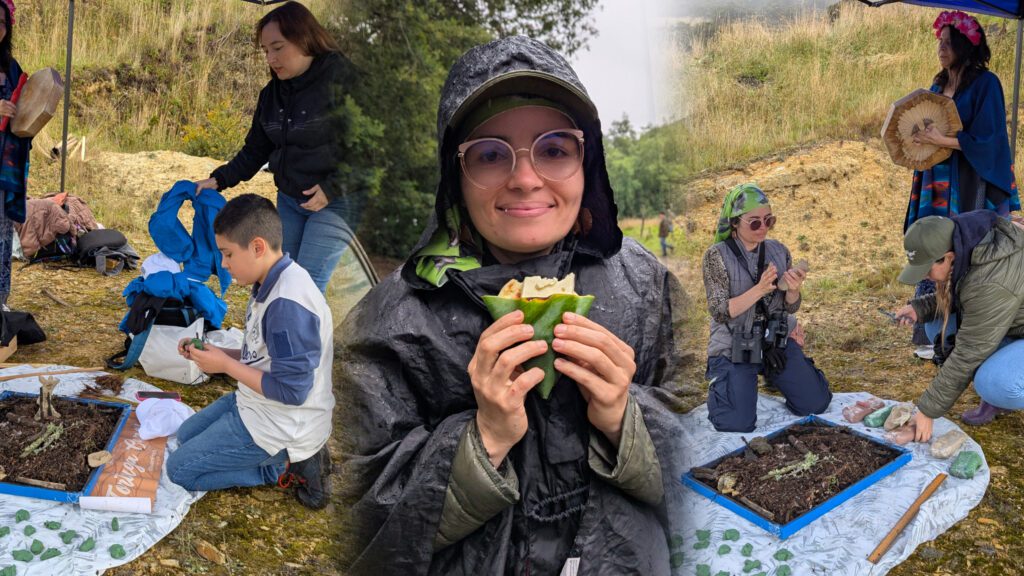
🌳 The Work Continues: Monitoring, Learning and Returning
This journey of restoration didn’t end with the last seedling. For the next three years, we’ll be monitoring growth, biodiversity and soil health. And the next phase? Another 14,000 native plants to be added to this living mosaicenforcing our commitment of regenerativity at the paramo de Sumapaz.
Restoring the largest páramo on Earth takes time, hands, science, and heart. But every step matters. And we’ll keep walking — slowly, mindfully, and with purpose.
✨ Because Planting Is an Act of Love
At the end of the day, we were tired — but glowing.
Birdsong closed our ritual.
The mud on our boots was a badge of honor.
The smiles we shared, seeds of new friendships.
We planted connection
consciousness
hope
Because sumercé, planting in the Sumapaz páramo is an act of deep love..
We’re leaving behind roots no one sees — but that will bloom. 🎥 Watch the full experience in this video and see how powerful restoration can be:
Thank you for reading and walking with me through this story.
If you want to learn more about birds and support this independent, purpose-driven space, visit:
👉 https://hotm.art/IDaves
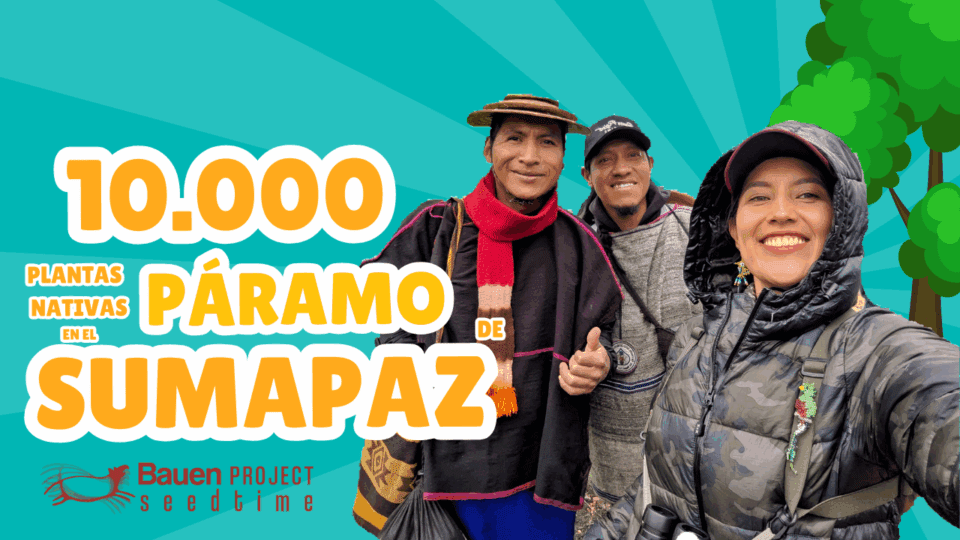
No responses yet